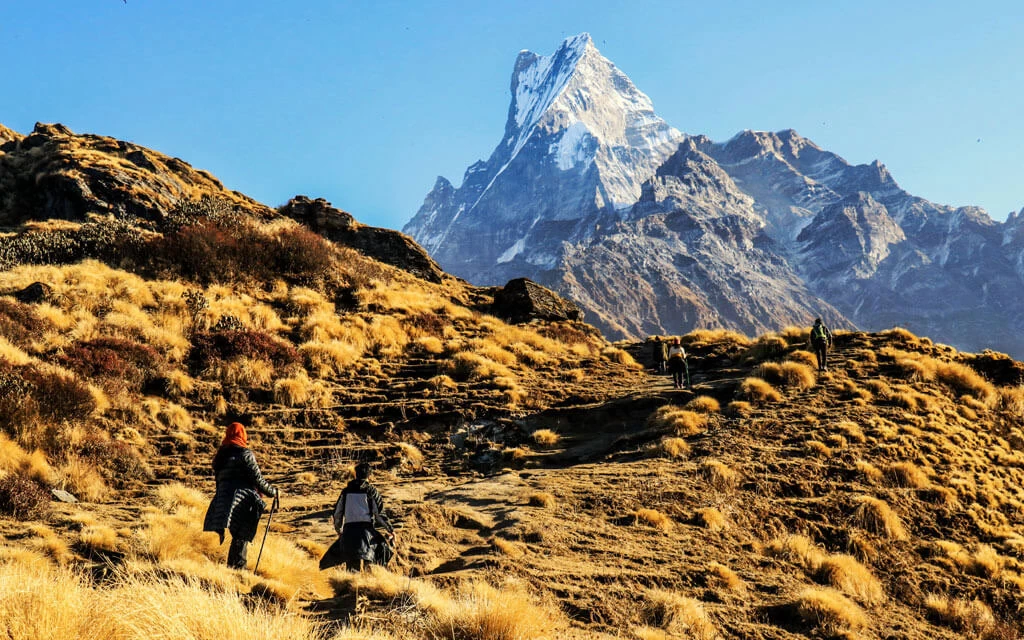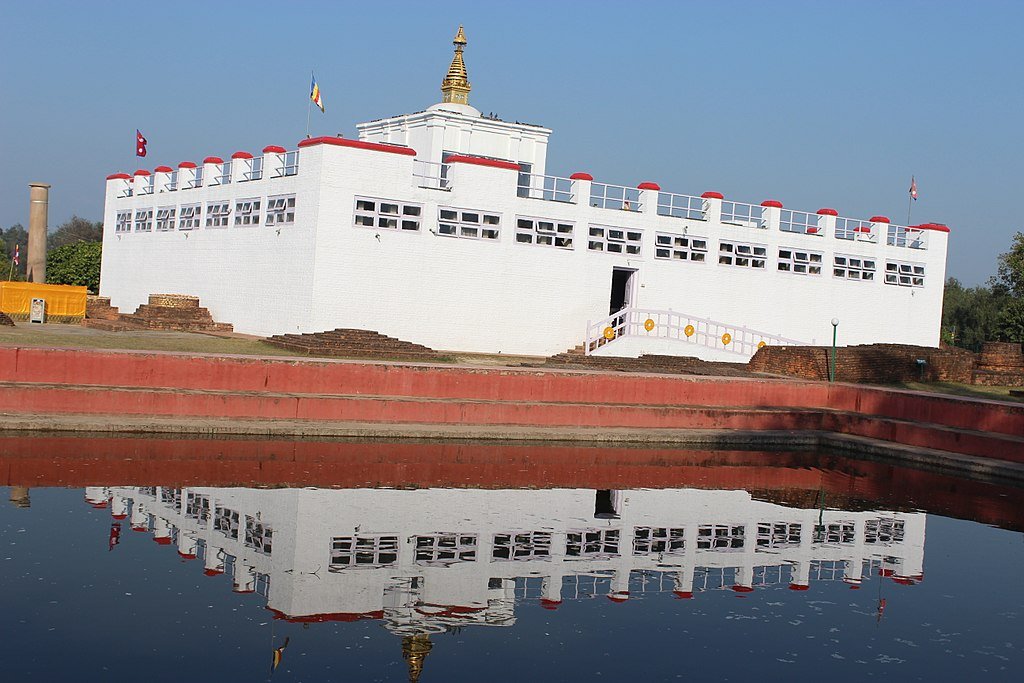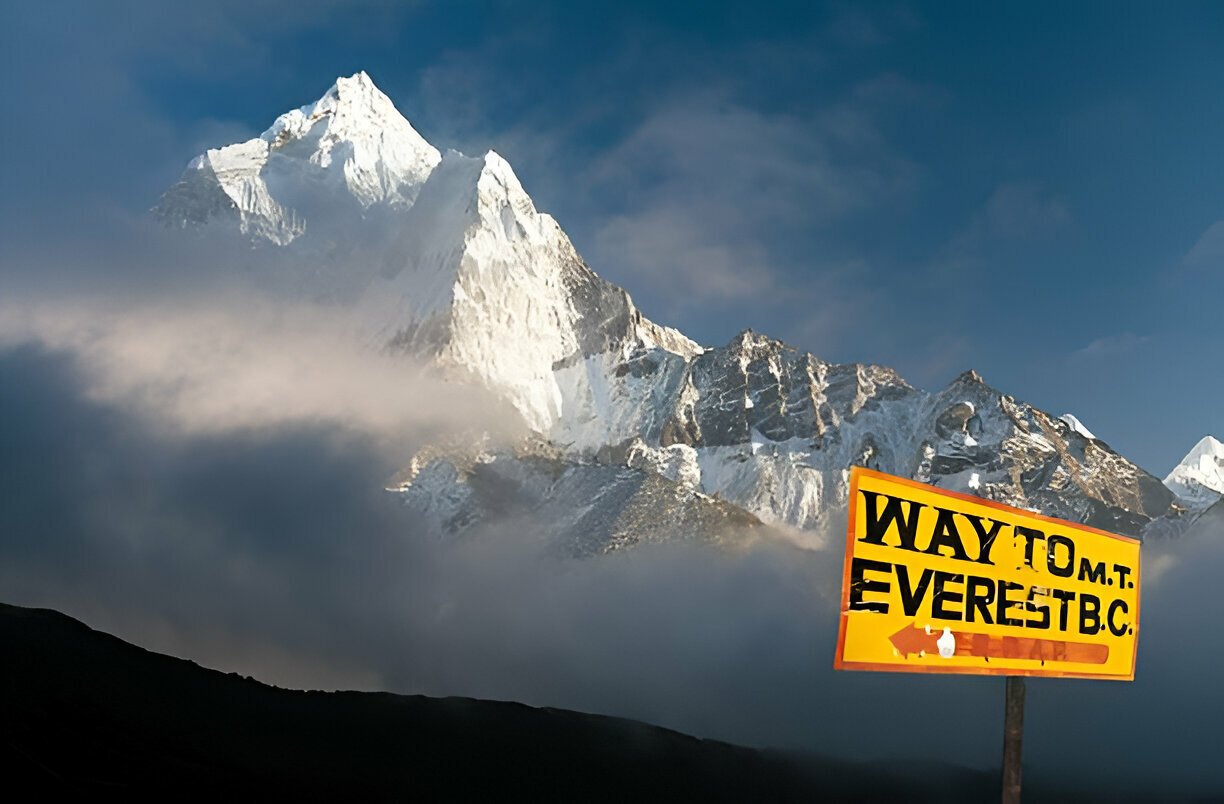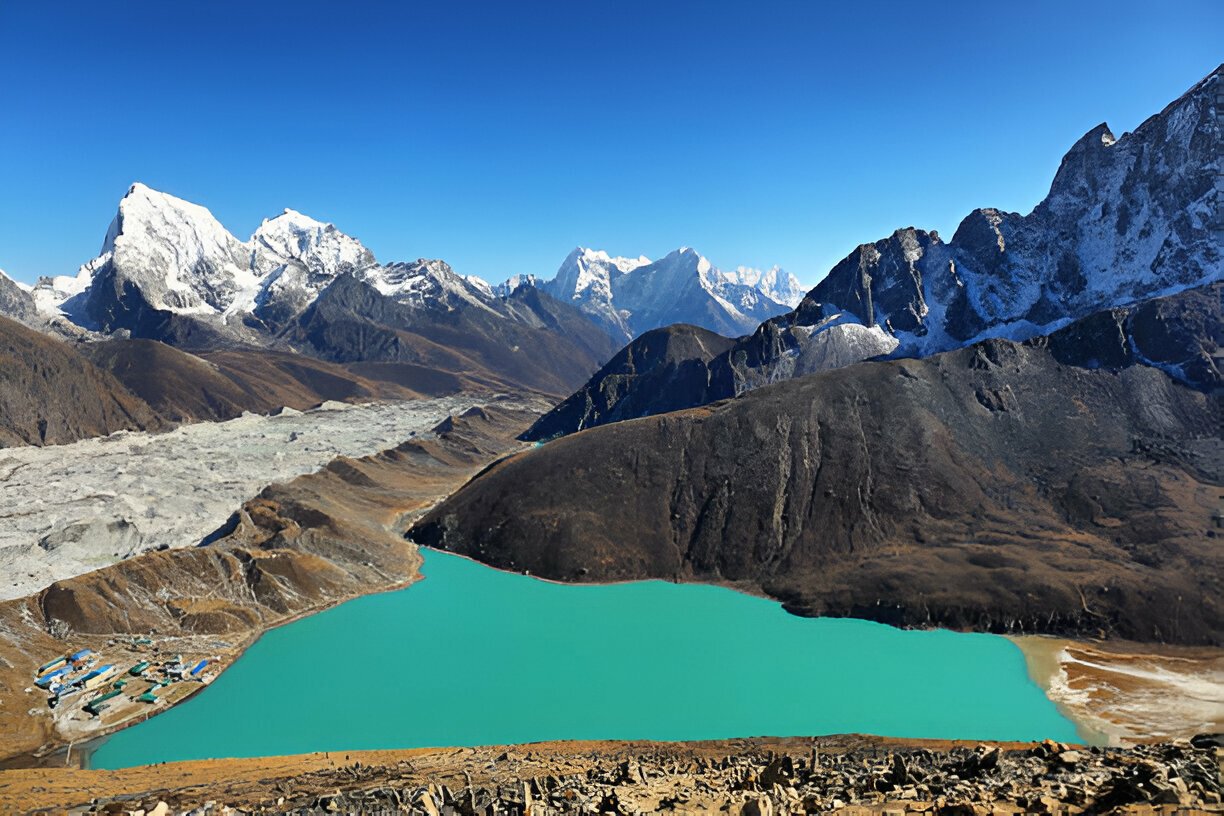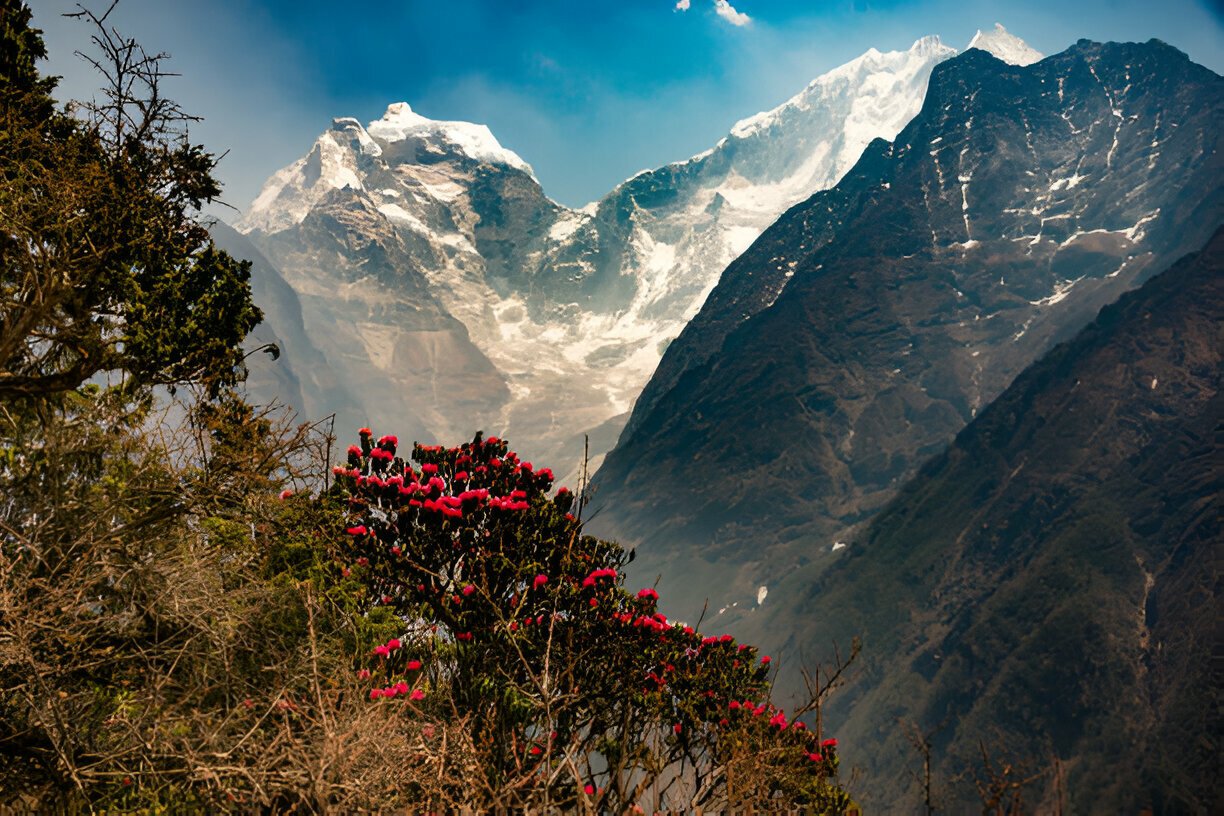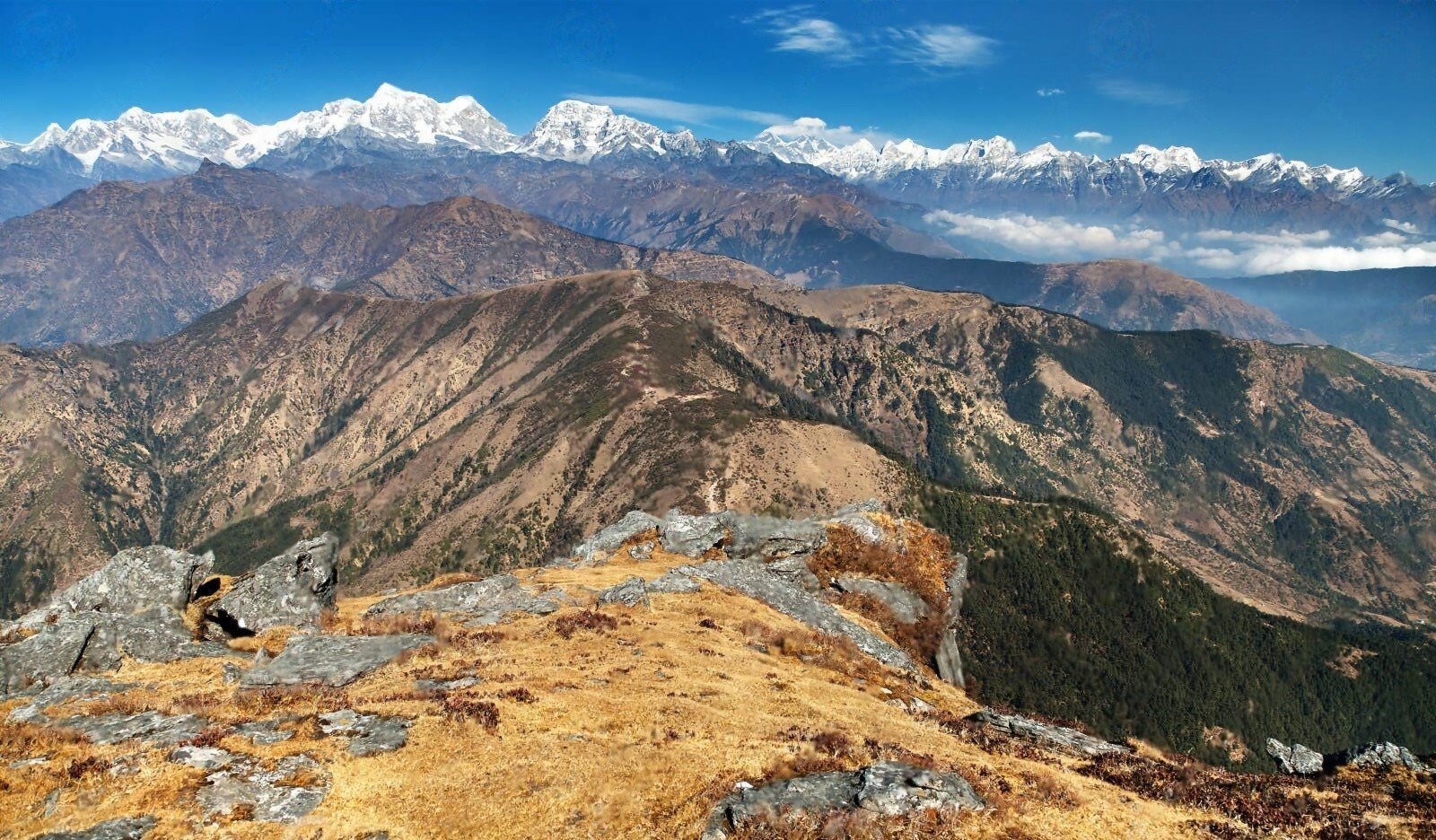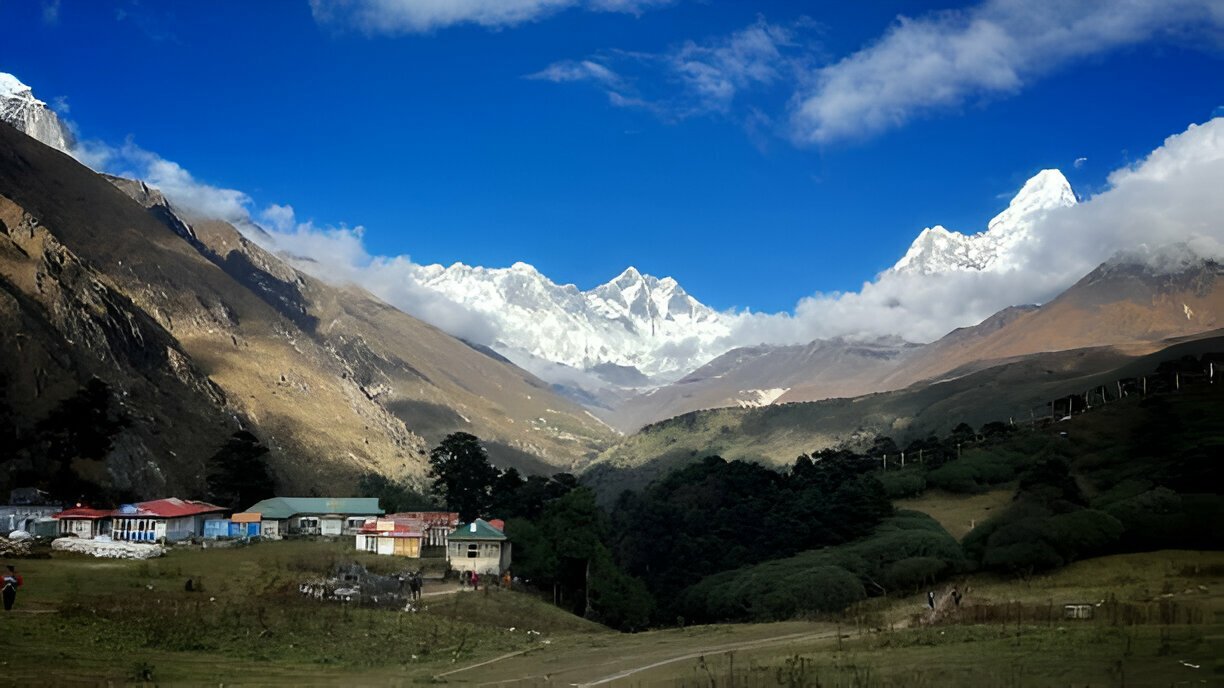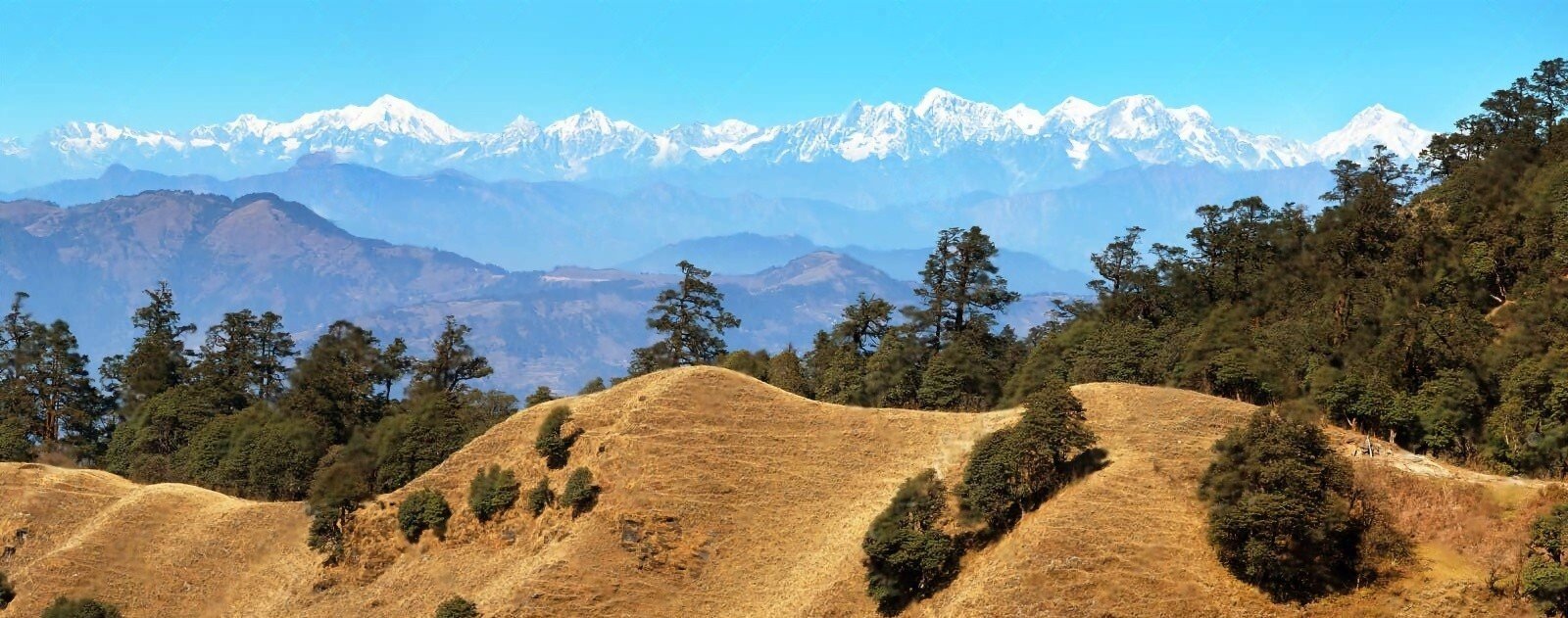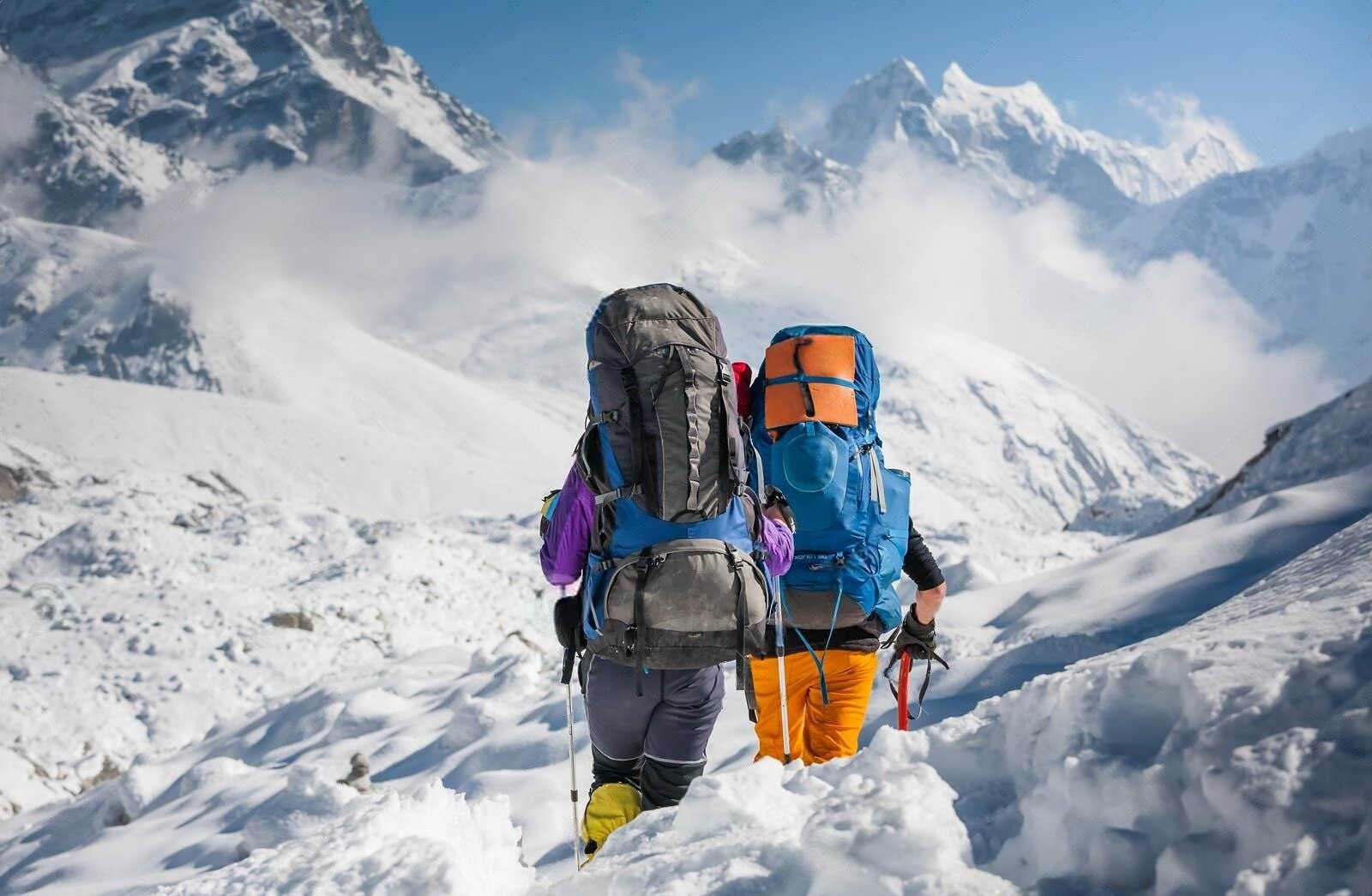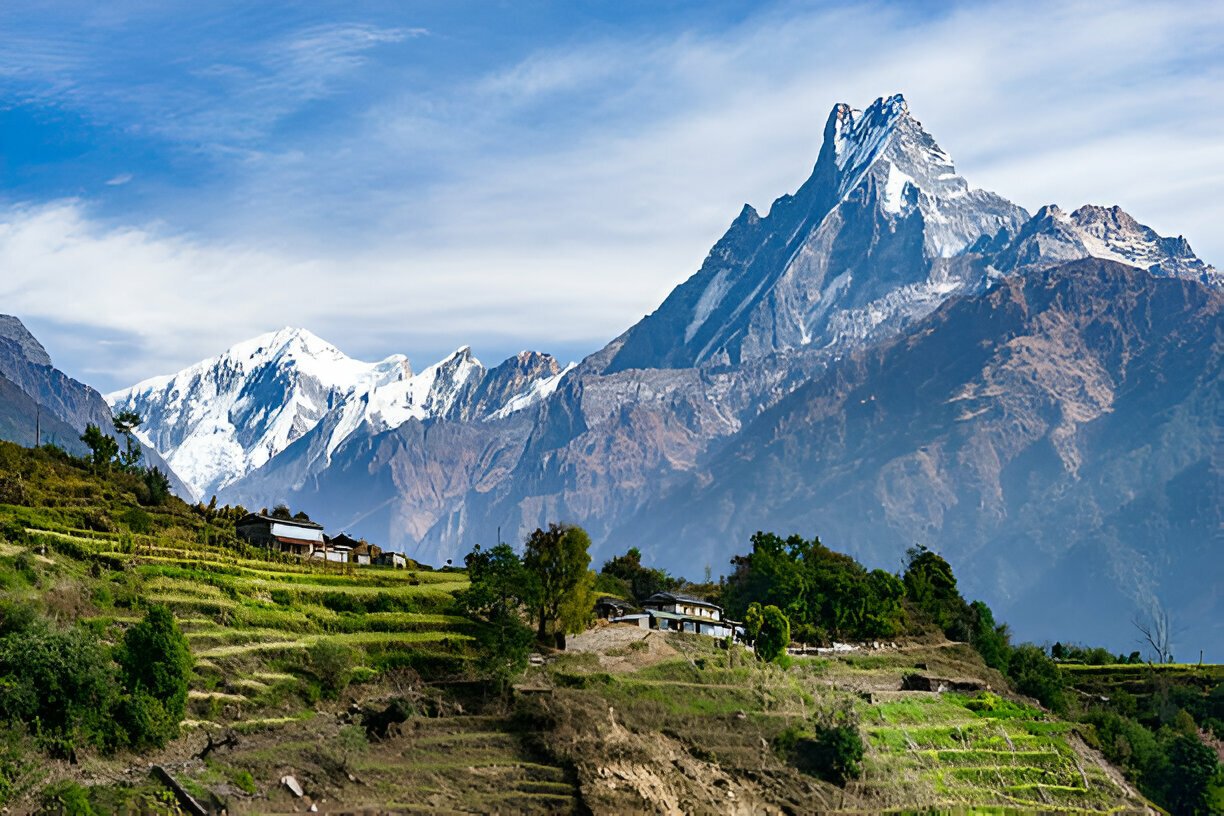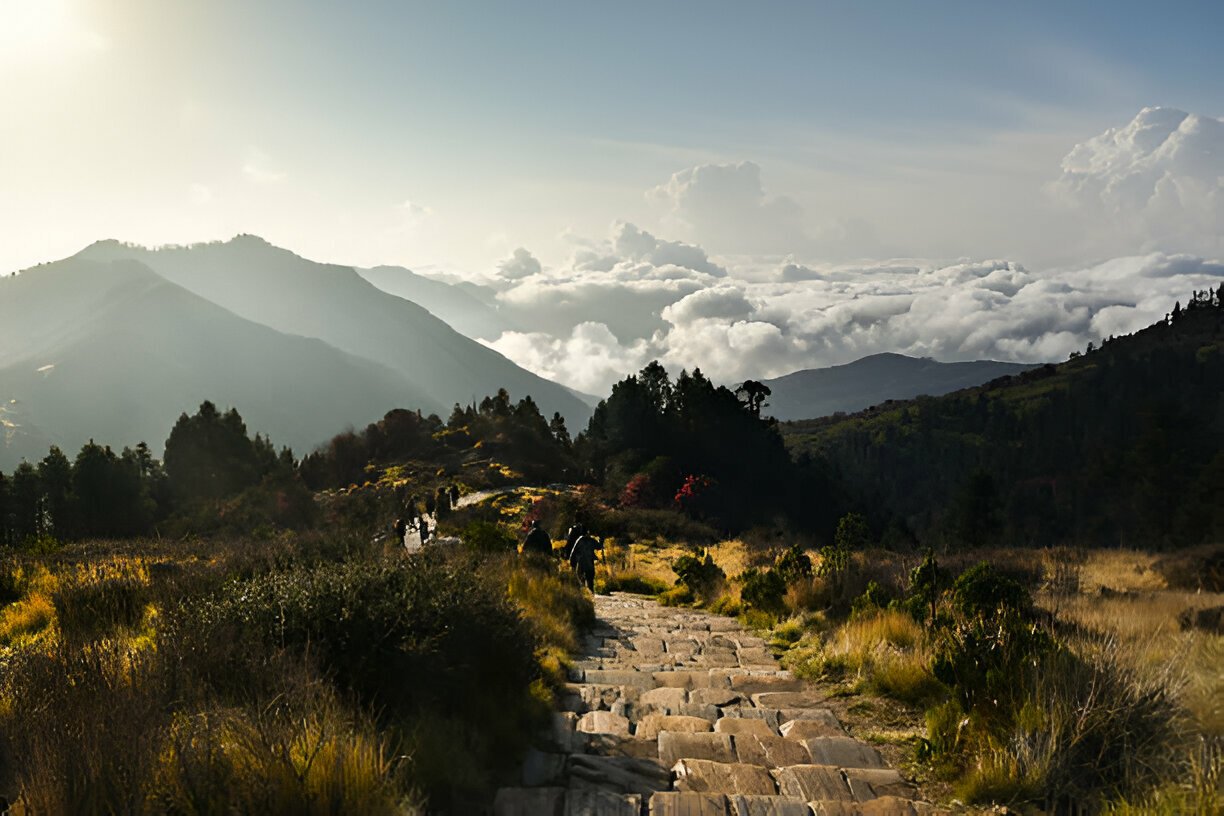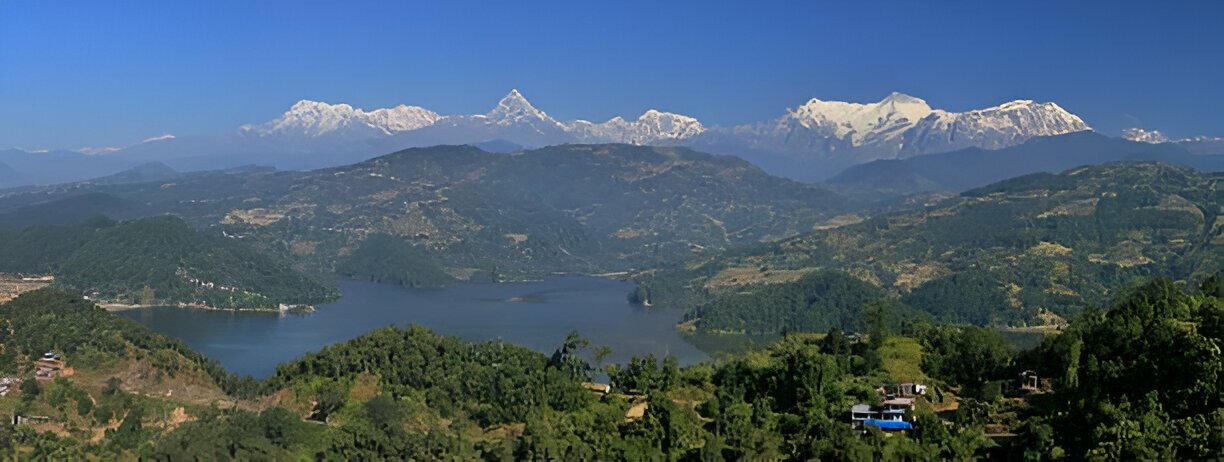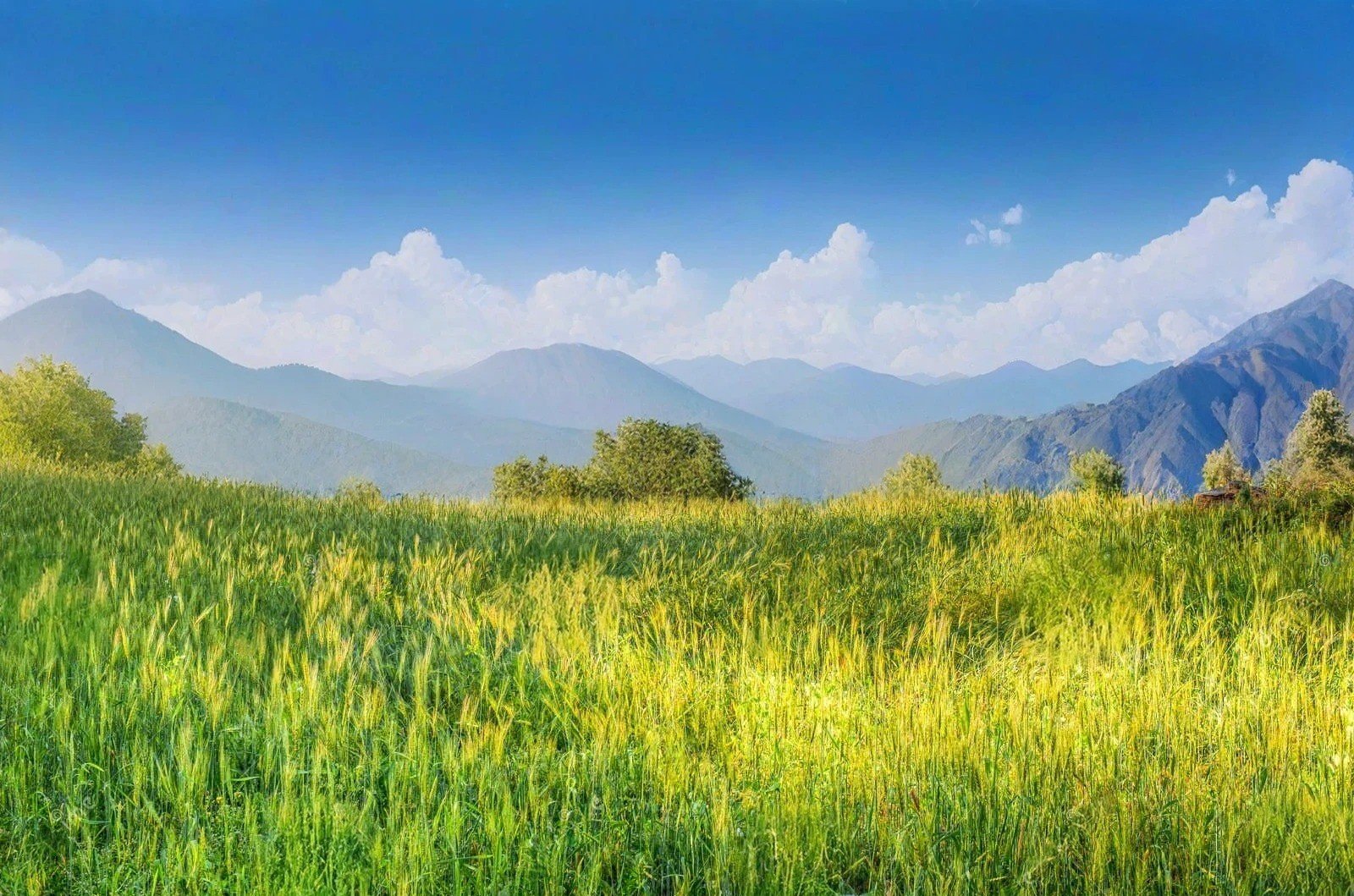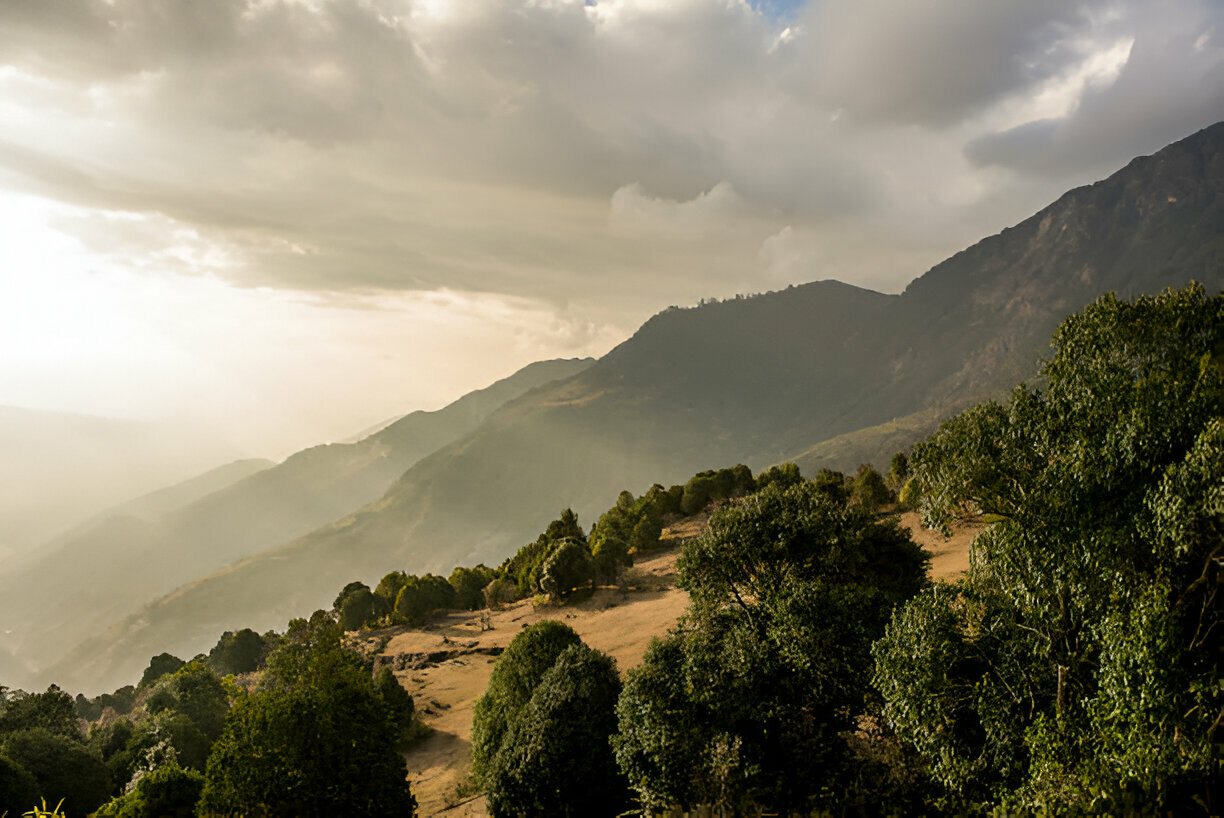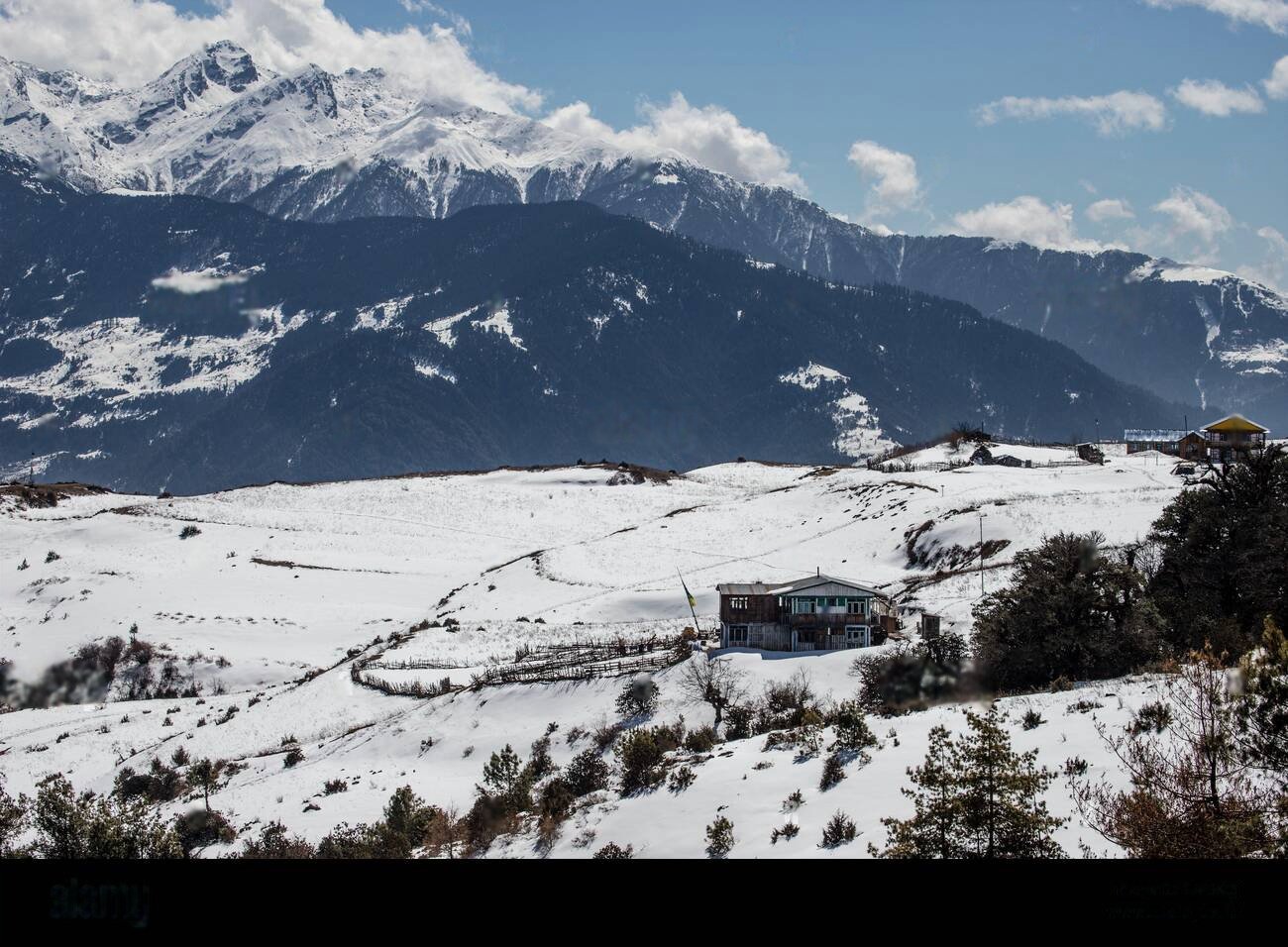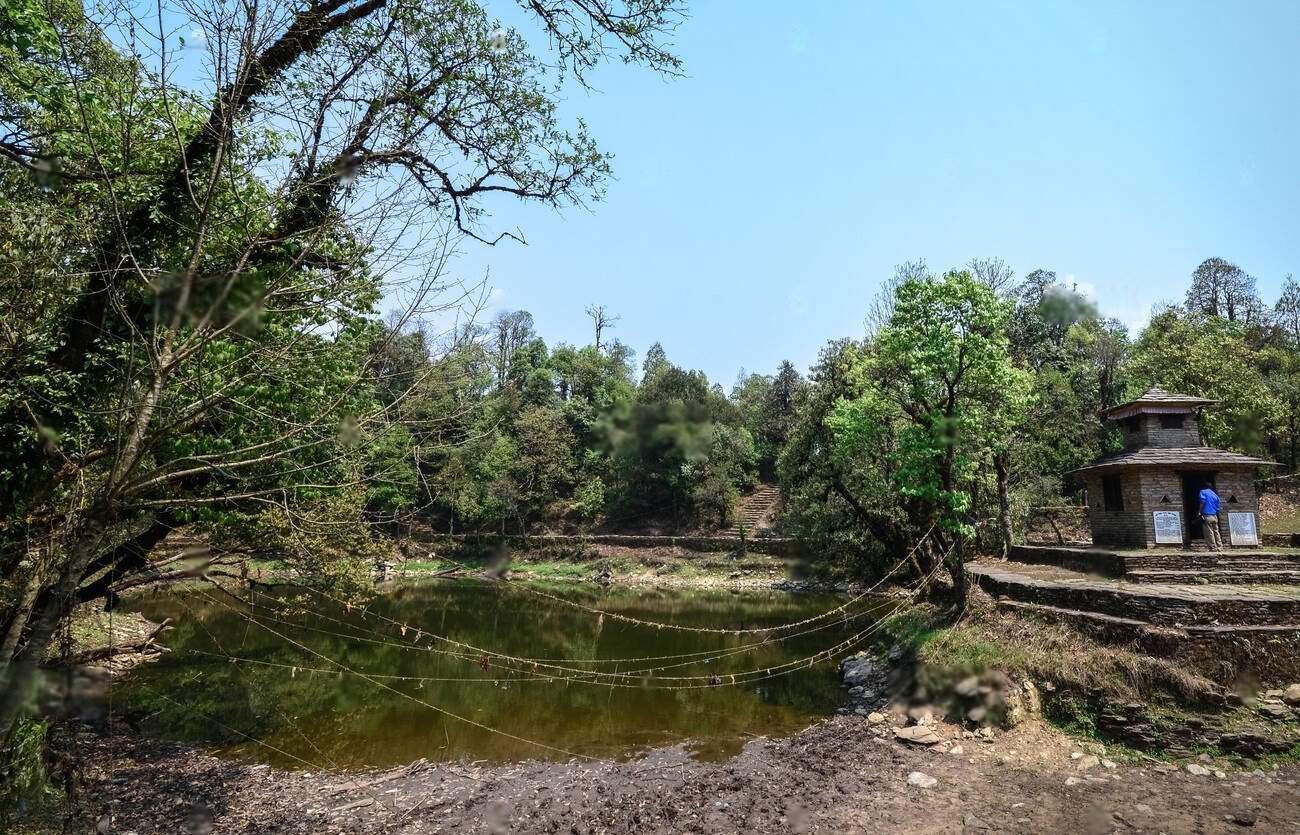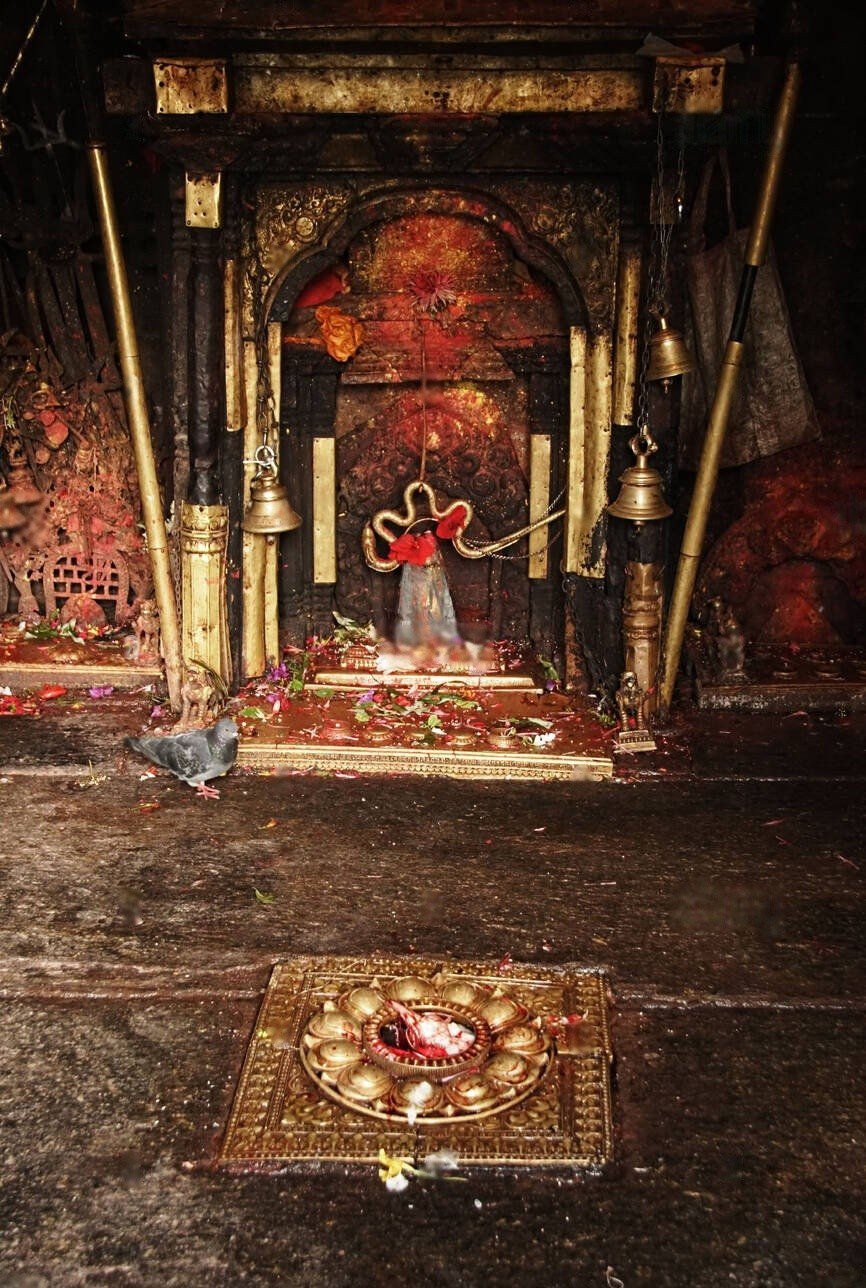 Detailed Information
Detailed Information
Dolakha Bhimsen Temple offers visitors a profound encounter with living Nepali spiritual traditions in an authentic setting largely untouched by commercial tourism. What makes this sacred site extraordinary is the mysterious changing statue of Bhimsen and the temple's deep integration into local belief systems that blend ancient indigenous practices with Hindu traditions, creating a religious experience that feels both timeless and intimately connected to the surrounding community.
As you approach the temple through Dolakha's narrow stone-paved streets, the sense of entering a different era is palpable. The town itself, with its traditional Newari architecture featuring intricately carved wooden windows and doorways, serves as a living museum of medieval Nepali culture. The temple rises above the surrounding structures, its pagoda roofs visible from a distance, acting as both a physical and spiritual landmark that has oriented life in this community for centuries. This historical continuity creates an immediate connection to generations of devotees who have walked these same pathways.
Entering the temple courtyard, you're greeted by the gentle sounds of bells, the murmur of prayers, and the distinctive aroma of incense and butter lamps. Unlike more touristic religious sites, Dolakha Bhimsen Temple maintains an atmosphere of genuine devotion, with most visitors being Nepali pilgrims engaged in meaningful worship rather than casual sightseeing. This authenticity creates a uniquely immersive cultural experience where foreign visitors are welcomed observers of living traditions rather than the temple's primary audience.
The cultural tapestry surrounding Bhimsen worship is rich and complex. As the patron deity of traders, Bhimsen holds special significance in Nepal's commercial history, particularly during the centuries when Dolakha served as an important trading post on routes between Tibet and the Kathmandu Valley. This mercantile connection is evident in the many coin offerings and the presence of business people seeking blessings for ventures and transactions. Simultaneously, Bhimsen embodies strength and justice as the incarnation of the mighty Pandava Bhima, making the temple a place where people seek intervention in conflicts and protection from enemies.
Perhaps most fascinating is the temple's oracular tradition centered around the changing form of the deity's statue. This phenomenon, documented for centuries, represents a living tradition of divine communication through physical transformation that predates Hinduism in the region and connects to ancient animistic beliefs. The statue's changes from a full figure to half-figure to just a head are meticulously observed and interpreted by priests and elders as messages from the divine realm about community and national fortunes. This tradition gained international attention when changes in the statue reportedly predicted major earthquakes, including the devastating 2015 disaster.
Throughout the day, the atmosphere around Dolakha Bhimsen shifts with the changing light and visitor patterns. Dawn brings dedicated devotees performing their daily rituals in the soft morning light that illuminates the temple's intricate woodcarvings. Midday sees a mix of pilgrims and local worshippers, while the golden afternoon light casts dramatic shadows across the courtyard as traders come to seek blessings before closing their businesses. This daily rhythm reflects Bhimsen's integration into both the sacred and economic life of the community.
Dolakha Bhimsen Temple offers visitors a profound encounter with living Nepali spiritual traditions in an authentic setting largely untouched by commercial tourism. What makes this sacred site extraordinary is the mysterious changing statue of Bhimsen and the temple's deep integration into local belief systems that blend ancient indigenous practices with Hindu traditions, creating a religious experience that feels both timeless and intimately connected to the surrounding community.
As you approach the temple through Dolakha's narrow stone-paved streets, the sense of entering a different era is palpable. The town itself, with its traditional Newari architecture featuring intricately carved wooden windows and doorways, serves as a living museum of medieval Nepali culture. The temple rises above the surrounding structures, its pagoda roofs visible from a distance, acting as both a physical and spiritual landmark that has oriented life in this community for centuries. This historical continuity creates an immediate connection to generations of devotees who have walked these same pathways.
Entering the temple courtyard, you're greeted by the gentle sounds of bells, the murmur of prayers, and the distinctive aroma of incense and butter lamps. Unlike more touristic religious sites, Dolakha Bhimsen Temple maintains an atmosphere of genuine devotion, with most visitors being Nepali pilgrims engaged in meaningful worship rather than casual sightseeing. This authenticity creates a uniquely immersive cultural experience where foreign visitors are welcomed observers of living traditions rather than the temple's primary audience.
The cultural tapestry surrounding Bhimsen worship is rich and complex. As the patron deity of traders, Bhimsen holds special significance in Nepal's commercial history, particularly during the centuries when Dolakha served as an important trading post on routes between Tibet and the Kathmandu Valley. This mercantile connection is evident in the many coin offerings and the presence of business people seeking blessings for ventures and transactions. Simultaneously, Bhimsen embodies strength and justice as the incarnation of the mighty Pandava Bhima, making the temple a place where people seek intervention in conflicts and protection from enemies.
Perhaps most fascinating is the temple's oracular tradition centered around the changing form of the deity's statue. This phenomenon, documented for centuries, represents a living tradition of divine communication through physical transformation that predates Hinduism in the region and connects to ancient animistic beliefs. The statue's changes from a full figure to half-figure to just a head are meticulously observed and interpreted by priests and elders as messages from the divine realm about community and national fortunes. This tradition gained international attention when changes in the statue reportedly predicted major earthquakes, including the devastating 2015 disaster.
Throughout the day, the atmosphere around Dolakha Bhimsen shifts with the changing light and visitor patterns. Dawn brings dedicated devotees performing their daily rituals in the soft morning light that illuminates the temple's intricate woodcarvings. Midday sees a mix of pilgrims and local worshippers, while the golden afternoon light casts dramatic shadows across the courtyard as traders come to seek blessings before closing their businesses. This daily rhythm reflects Bhimsen's integration into both the sacred and economic life of the community.
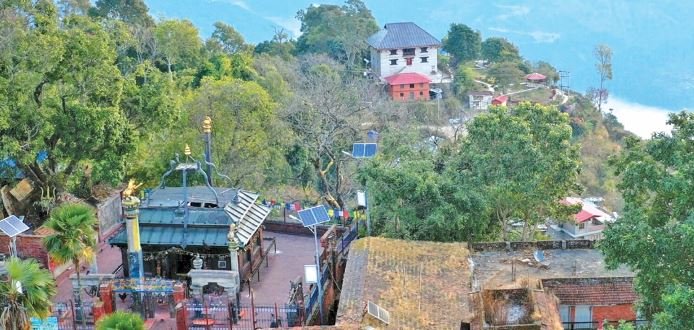
From $0
Price Varies from Group Size
Success
Here goes about why the success toast occurred.
 Activity Outline
Activity Outline
Dawn Arrival and First Blessings
Temple Architecture and Symbolism
The Mystical Changing Statue
Traditional Offering Ritual
Morning Rooftop Views
Dolakha's Ancient Trading History
Local Craft Traditions
Community Integration and Living Traditions
Temple at Golden Hour
Sunset Reflection and Blessing
 Good to Know
Good to Know
Traders and business people traditionally visit Dolakha Bhimsen before embarking on major business ventures, offering coins (especially silver coins) and seeking specific blessings for prosperity. The temple is considered especially powerful for resolving business disputes and ensuring fair commercial dealings.
Cultural Highlights
Bhimsen Jatra: Annual festival featuring chariot processions and masked dances (typically in August-September)
Traditional Oracle: Living tradition of divine communication through the changing statue
Newar Heritage: Exemplifies the rich cultural and artistic traditions of Nepal's Newar community
Commercial Rituals: Specialized ceremonies for business prosperity maintained for centuries
Visitor Etiquette
Remove shoes before entering the inner temple area
Dress modestly, covering shoulders and knees
Ask permission before photographing people engaged in worship
Photography may be restricted in certain areas, particularly the inner sanctum
Speak quietly and be mindful of those in prayer
Follow clockwise movement around sacred structures
Women should avoid visiting during menstruation, in keeping with traditional practices
Nearby Attractions
Dolakha Durbar Square: Historic administrative center with traditional architecture (5-minute walk)
Bhimeshwar Mahadev Temple: Another important shrine in the town center (10-minute walk)
Kalinchowk Temple: Sacred high-altitude temple with spectacular views (day trip)
Gaurishankar Conservation Area: Protected wilderness with trekking opportunities (surrounding region)
Sailung Hill: Panoramic viewpoint considered sacred in local traditions (half-day trip)
 Reviews
Reviews
 FAQs (Frequently Asked Questions)
FAQs (Frequently Asked Questions)
Your queries are answered.
How old is the Dolakha Bhimsen Temple?
While the current structure dates primarily to the 15th century with subsequent renovations, historical records and archaeological evidence suggest worship at this site dates back to at least the 7th century CE. The temple has been rebuilt several times following earthquakes, most recently after damage sustained in the 2015 disaster. Throughout these reconstructions, the self-manifested statue has remained the continuous focus of worship.
Why is Bhimsen particularly important to traders?
Bhimsen emerged as the patron deity of traders during the medieval period when Nepal served as an important crossroads for trans-Himalayan commerce. As an incarnation of the mighty Pandava Bhima, he represented strength and protection—valuable attributes for merchants traveling dangerous mountain routes with valuable goods. Additionally, his association with honesty and justice made him the natural deity to oversee fair trade practices and business disputes. Dolakha's strategic position on trade routes between Tibet and the Kathmandu Valley elevated the importance of this particular Bhimsen temple.
What is the best time to visit Dolakha Bhimsen Temple?
For the most authentic experience, visit during the annual Bhimsen Jatra festival (typically in August-September according to the lunar calendar), when the deity's chariot is pulled through town amid elaborate ceremonies and traditional performances. For quieter visits, early mornings (7:00-9:00 AM) offer the most serene atmosphere and opportunity to observe genuine local devotional practices. The October-November post-monsoon period provides the clearest weather for appreciating the temple's mountain setting.
How accessible is Dolakha for visitors?
Dolakha town is approximately 4-5 hours from Kathmandu by road, with regular bus services and improved road conditions in recent years. The town itself is relatively compact and walkable, though some streets have steep stone steps. The temple is centrally located and easily accessible on foot from anywhere in town. Basic but comfortable accommodation is available in small hotels and guesthouses in Dolakha, though facilities are limited compared to major tourist destinations.
Are there any restrictions on who can enter the temple?
The outer courtyards of the temple are open to all visitors regardless of religion or nationality. The inner sanctum where the actual statue resides is accessible only to Hindu worshippers and even then, only priests can directly approach the deity. Women are traditionally asked not to enter the temple during menstruation, following Hindu customs. Respectful visitors of all backgrounds are welcome to observe ceremonies and participate in appropriate ways as guided by temple authorities.
What offerings are appropriate to bring to Bhimsen?
Traditional offerings include flowers, red vermilion powder (sindoor), incense, coconuts, and butter for lamps. Business people traditionally offer coins (especially silver coins), while those seeking protection or justice may bring special items like mustard oil or particular flower varieties. The temple priests can provide guidance on appropriate offerings based on the specific blessings being sought.
Has the temple recovered from the 2015 earthquake damage?
Yes, the temple has been substantially restored following damage in the 2015 earthquake. Reconstruction followed traditional building methods using original materials where possible, combined with some structural reinforcements to improve earthquake resistance. The restoration was completed with input from both religious authorities concerned with ritual correctness and heritage experts focused on architectural authenticity. The self-manifested statue reportedly remained intact despite the temple building suffering damage.
